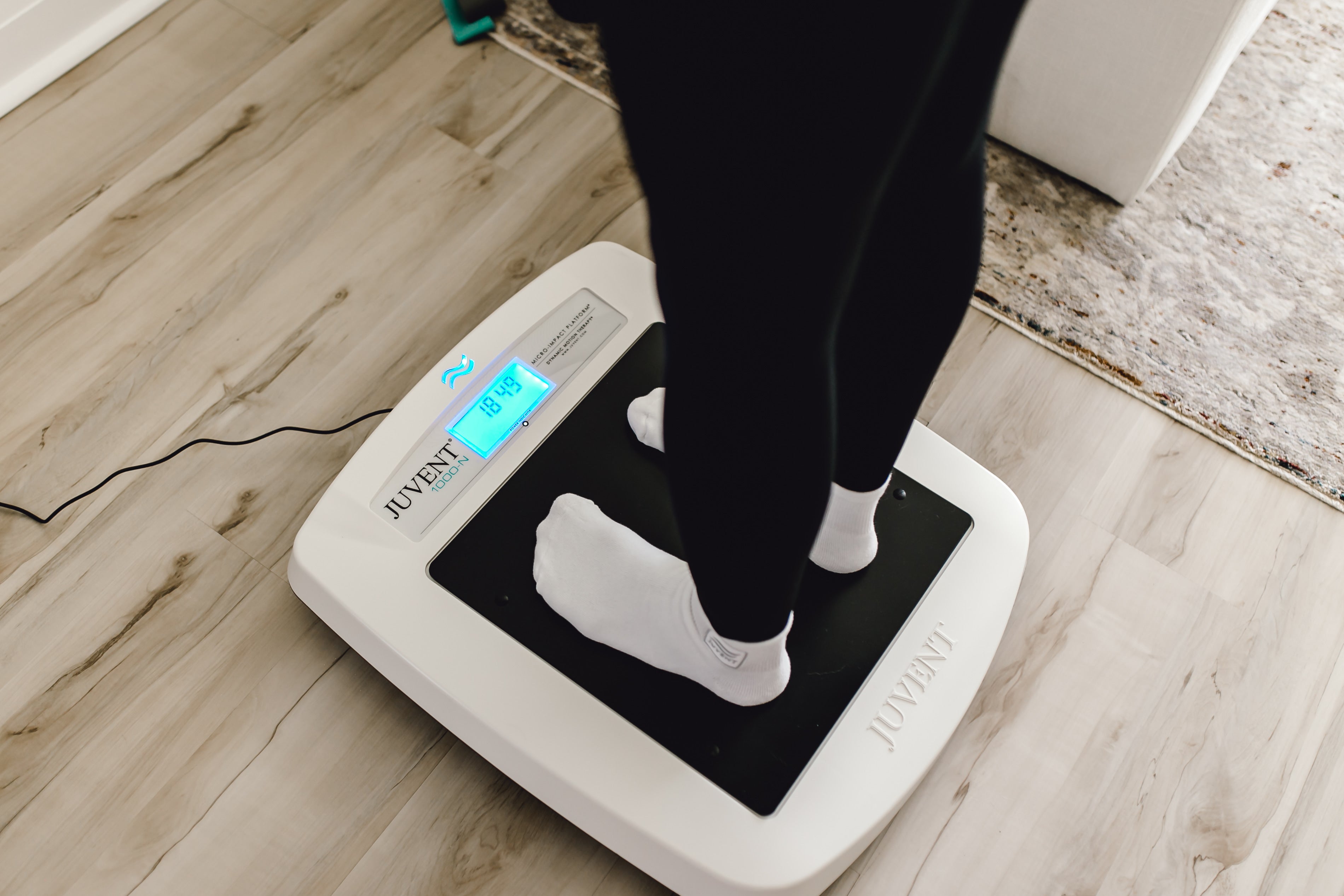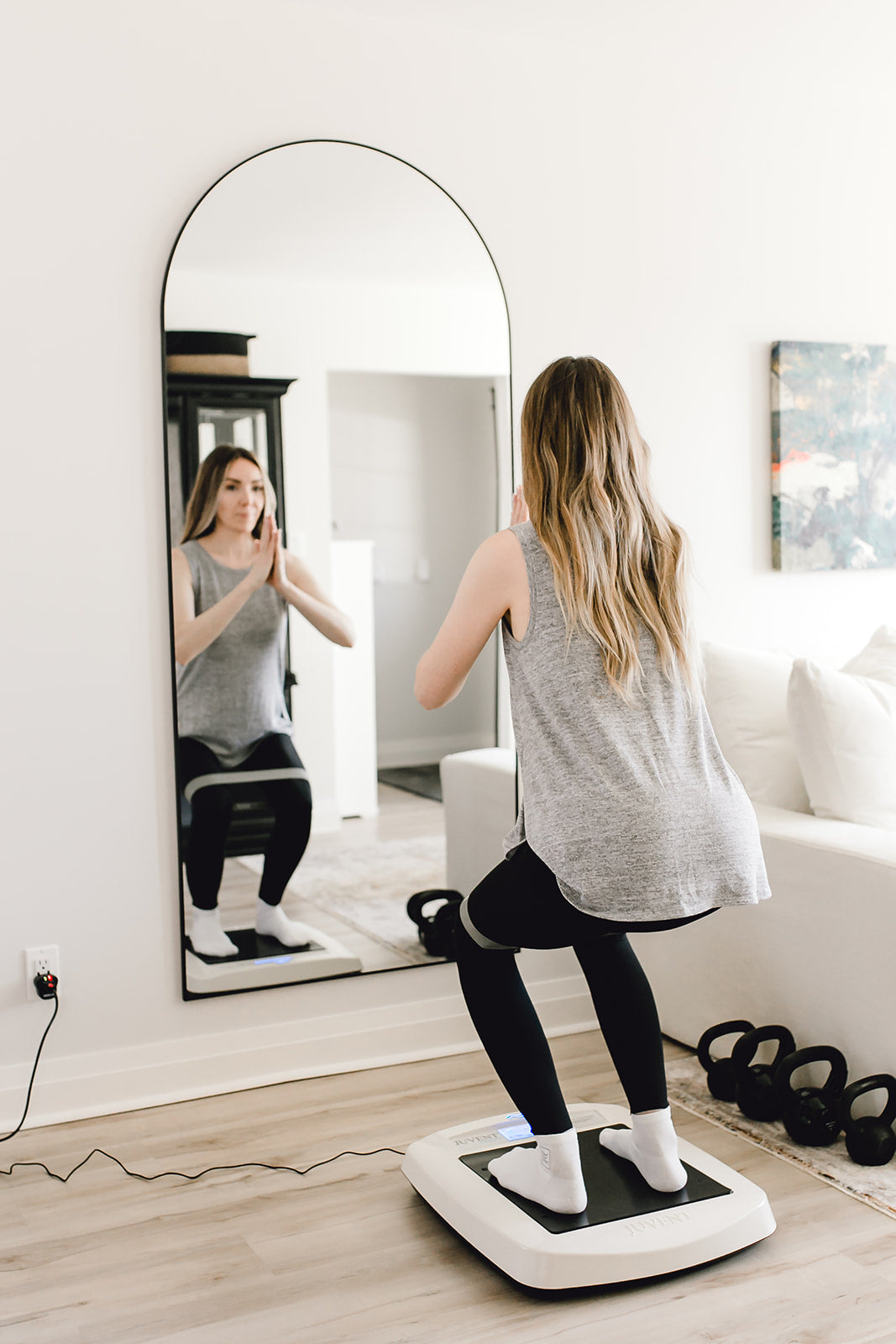When it comes to fitness, most of us focus on pushing harder, lifting heavier, or going longer. The most overlooked component of any training program is rest, which is just as critical as the workout itself. Rest allows your body to rebuild, recharge, and get stronger. Without it, you risk burnout, injury, and stalled progress. So, how much rest between workouts is necessary? The answer depends on your activity type, goals, and personal recovery rate. Here’s how to find the right balance.
Why Rest After Exercise?
Every time you exercise, you’re putting stress on your muscles, joints, and cardiovascular system. While that is a good type of stress that is necessary to stimulate improvement, it’s during rest and recovery that your body actually rebuilds.
Proper rest benefits the body by providing time for muscle recovery and growth. It reduces injury risk by balancing the amount of work your body is taking on. You’ll see performance improvements when you allow enough downtime between workouts, as well as better sleep and mood. Even hormonal balance is dictated by getting enough rest. Without enough downtime, your body may not fully recover. You end up full of fatigue, inflammation, decreased performance, and even long-term damage.
Keep in mind that rest includes both days between workouts and also a certain number of minutes between sets in a strength training workout. You need both recovery days without heavy exercise as well as pauses built in between lifting sets to get the best results.
How Long Should You Rest Between Workout Sets?
Strength training is typically broken into sets and repetitions (reps) of exercise. If you’re doing three sets of 10 repetitions of bicep curls, you’d start with 10 reps of the exercise, take a rest, and then do that twice more to complete the second and third sets. Sufficient time between sets is often overlooked in the rush to get done, but this severely limits gains.
For strength gains, you should rest for two to three minutes between sets. If you’re looking for muscle growth, also known as hypertrophy, 90 seconds is ideal. Endurance training is the exception and has a rest period of 30 seconds or less.
These recommendations apply broadly, but every person is unique, so it’s good to talk to a doctor, personal trainer, and other trusted and qualified professionals about what rest intervals might work best for you.
How Long Should I Rest Between Workout Sessions?
The ideal number of rest days depends on the type and intensity of your workout. Here is a general breakdown based on the kind of exercise you're doing that can be used as a starting point.
- Strength Training: Allow 48 hours of rest after a workout before training the same muscle group again. For example, if you do heavy leg day on Monday, wait until Wednesday or Thursday to target legs again.
- Moderate-Intensity Cardio: For activities like walking or light cycling, you can do this daily without full rest days.
- High-Intensity Cardio: If you’re doing high-intensity interval training (HIIT), running, or other high heart-rate cardio, take at least 24 to 48 hours between sessions to recover properly. Pay attention to signs of overtraining like persistent fatigue, decreased motivation, or increased heart rate at rest.
- Flexibility & Low-Impact Workouts: Activities like yoga and stretching can often be done daily and even assist with active recovery by increasing circulation and reducing stiffness.
Active vs. Passive Recovery
Not all rest days need to be sedentary. Active recovery, which is light physical activity on your “off” days, can promote blood flow, reduce soreness, and speed up recovery.
Great options for active recovery include walking, yoga, swimming, and the Juvent Micro-Impact Platform®. Its low-intensity frequencies support joint health, bone strength, and circulation. Athletes love it for boosting their active recovery on autopilot—they’re able to stand on the platform and gain benefits while scrolling on their phone or catching up on a show.
How to Know If You're Resting Enough
Answering how long you should rest between workouts varies since everyone’s recovery needs are different. Listen to your body and watch for signs that you might need more rest. Keep an eye out for lingering muscle soreness, trouble sleeping, low motivation to work out, irritability or mood swings, and performance plateaus. If you’re checking several of those boxes, it’s time to take a rest day or adjust your workout schedule.
While it may seem counterintuitive, rest is one of the best tools for improving physical capacity. Whether you’re lifting weights, training for a race, or just trying to stay active and healthy, giving your body adequate recovery time is essential for long-term success. Knowing how long to rest between workouts means you’ll see better results, feel better, and stay in the game longer. Enjoy active recovery days with Juvent’s Micro-Impact Platform or a nature walk and enhance recovery naturally. It’s a gentle but powerful way to stay active even on your off days.
FDA Disclosure
In the US, the Juvent device is considered investigational for the treatment of osteoporosis or improvement/maintenance of bone mineral density and our claims have not been reviewed or cleared by the FDA to treat any disease or condition. (2) Calculated over the 20+ year expected life of a Juvent. The JUVENT® Micro-Impact Platform® is Registered as a Class I medical device for exercise and rehabilitation. JUVENT products are covered by the following issued patents, pending patents and their foreign equivalents: 6,843,776 6,884,2277,094211 7,207,954 7,207,955 7,985,191 8,114,036 11/369,611 11/486,538. Juvent, Dynamic Motion Therapy, Micro-Impact Platform, and the symbol are Registered trademarks of Regenerative Technologies Corporation.




Share:
Having Trouble Sleeping? Try These Six Things Before Bed
Is Gout Visible? Signs to Look For